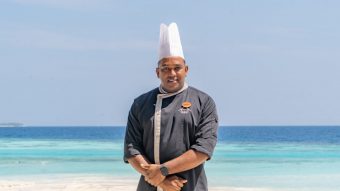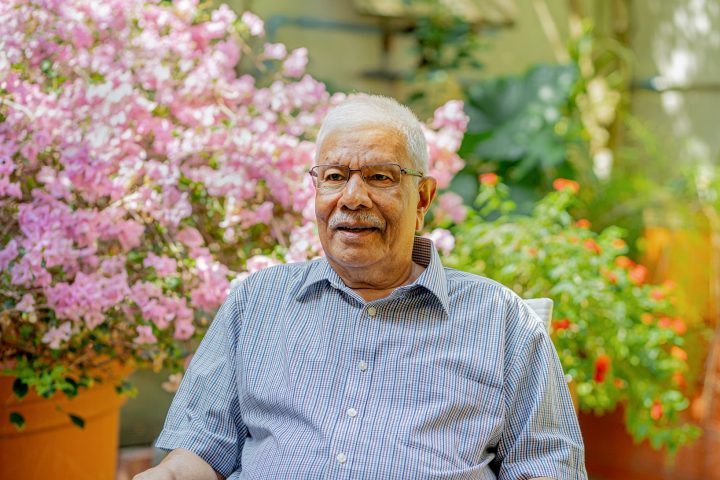
50 on 50 : MU Maniku, Chairman, Universal Enterprises
To celebrate the 50th year of the Maldives tourism industry, we are starting a new series commemorating 50 leaders in the industry with the most impact, both in the past and looking to the future.
The first segment features MU Maniku, Chairman of Universal Enterprises and Chairman of the Board of Maldives Association of Tourism Industry (MATI).
“Without tourism the Maldives would still be a very poor and undeveloped country,” says MU Maniku, Maldives tourism pioneer and Chairman of the Maldives Association of Tourism Industry (MATI).
MU Maniku did not set out to be a tourism professional, he initially studied agriculture in Pakistan and was working at the Ministry of Agriculture in 1971 when a chain of chance meetings brought together three Maldivians and an Italian. They proceeded to carve out an industry that would catapult the Maldivian archipelago onto the world stage and attract a veritable who’s who of celebrities during its 50 years of growth.
It all started when his friend Ahmed Naseem, who was stationed in Ceylon (now Sri Lanka), appeared on a cargo boat with an Italian tour operator who was looking for white sandy beaches and crystal-clear waters to swim and fish in. Naseem introduced the Italian George Corbin to MU Maniku and another friend, Hussain Afeef, and the three young men took pleasure in hosting their Italian visitor, introducing him to the wonders of the Maldivian islands and its underwater treasures. Corbin was enchanted, it was the paradise he had been searching for and he promised his new Maldivian friends he would be back and would bring more Italians with him.
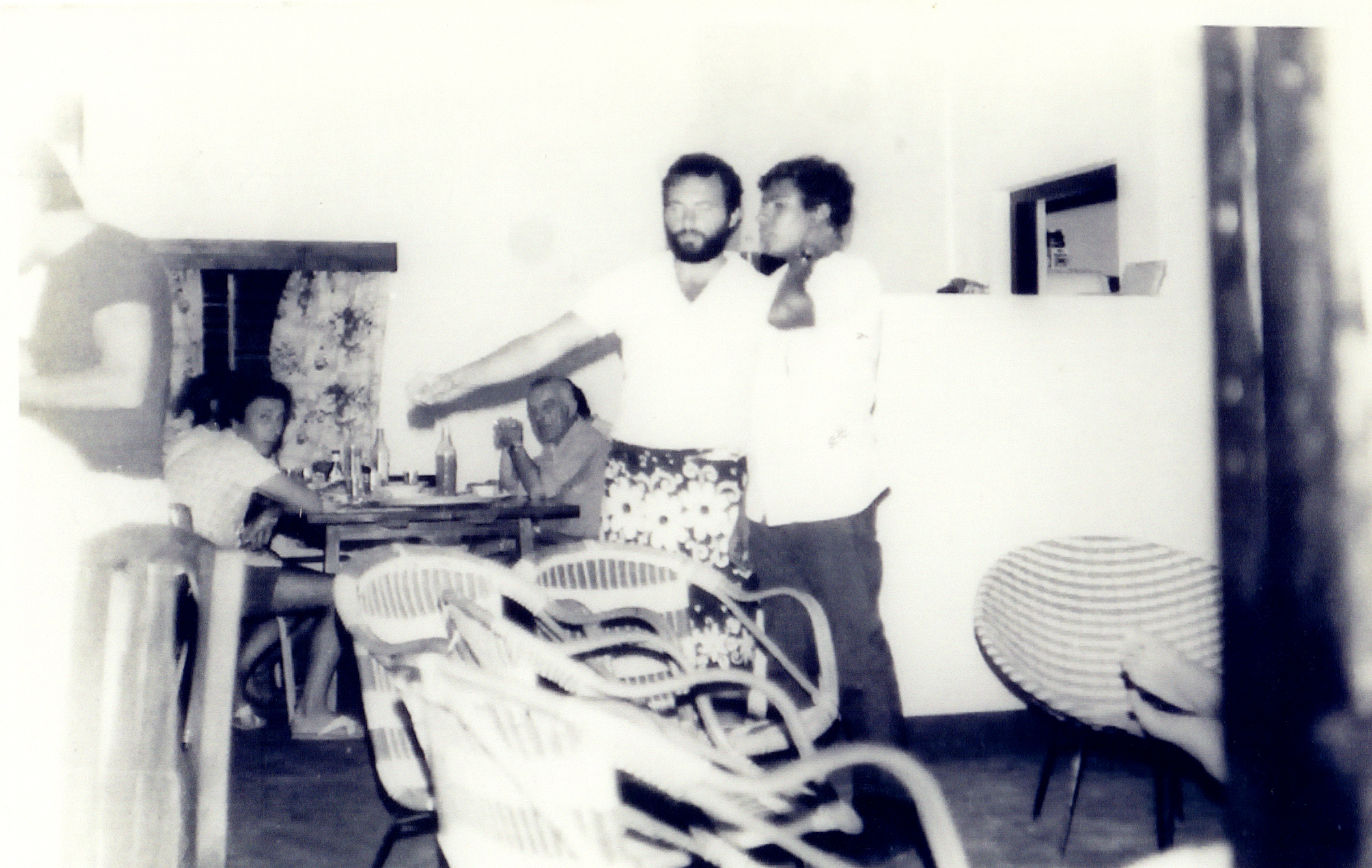
Fuelled by youthful exuberance, trust, and excitement, the four agreed on a plan to bring a group of Italians to the Maldives the following year. This was by no means straight forward as the only method of communication was morse code via Colombo! Despite the anxious waits between messages the plan came together with Corbin and 19 fellow Italian adventurers flying from Italy to Ceylon and onwards to the Maldives on an Air Ceylon charter plane arriving on 16th February 1972. With no hotels, MU Maniku and his friends put the tourists up in their homes; Maagiri, Luxwood and Kaneeru Villa, taking them out each day to explore the nearby islands to fish and swim.
The trip was a great success and Corbin suggested that a resort was built so he could bring more people to enjoy “Paradise”.
“The Maldives was very different back then”, says Maniku, “the country was poor, with less than USD 2.5 million in annual revenue. The streets of Male’ were just sand, boats were small sailing or rowing vessels and the airport was little more than a landing strip for cargo planes that brought in supplies via Ceylon”. In addition, a previous UN study had concluded that the Maldives “lacked the infrastructure necessary to become a tourist destination”.
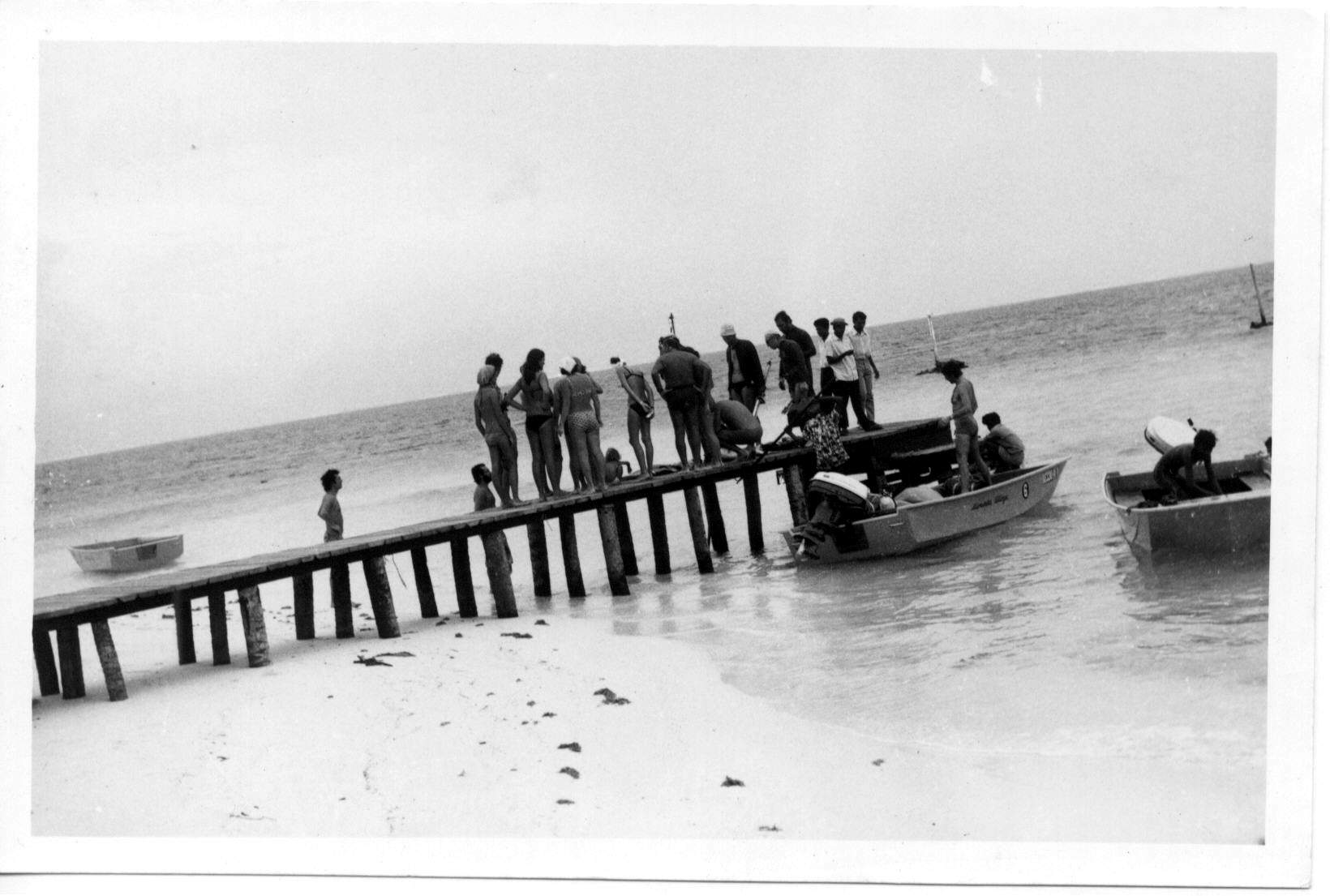
None of this deterred them. And bolstered by the success of the first group they dug into their own pockets pooling their skills and resources to construct 30 rooms on what is now Kurumba Maldives. The rooms were simple, coral walls and coconut thatched roofs. A generator was procured from Singapore and the labor came from themselves with the support of local craftsmen. The hard work and long days were sustained by their drive and enthusiasm, and within 8 months the resort was finished. The first guests arrived on 3rd October 1972 and the Maldives tourism industry was born.
At the time tourism in Asia was flourishing with neighboring countries Ceylon (now Sri Lanka), Thailand and Seychelles full of tourists and had flourishing economies. Consequently, the Maldives government and other local businessmen were quick to see the potential and Bandos was built, closely followed by Villingili.
Word of the new island paradise began to spread with tour operators venturing across from Sri Lanka to investigate. Once they had seen the allure they were quick to promote it, selling Maldives excursions to their European clientele. Swedish operator Vingresor was one of the first, closely followed by TUI, LTU, Kuoni and others. In 1973, 3790 visitors arrived, mainly from Italy, Sweden and Germany.
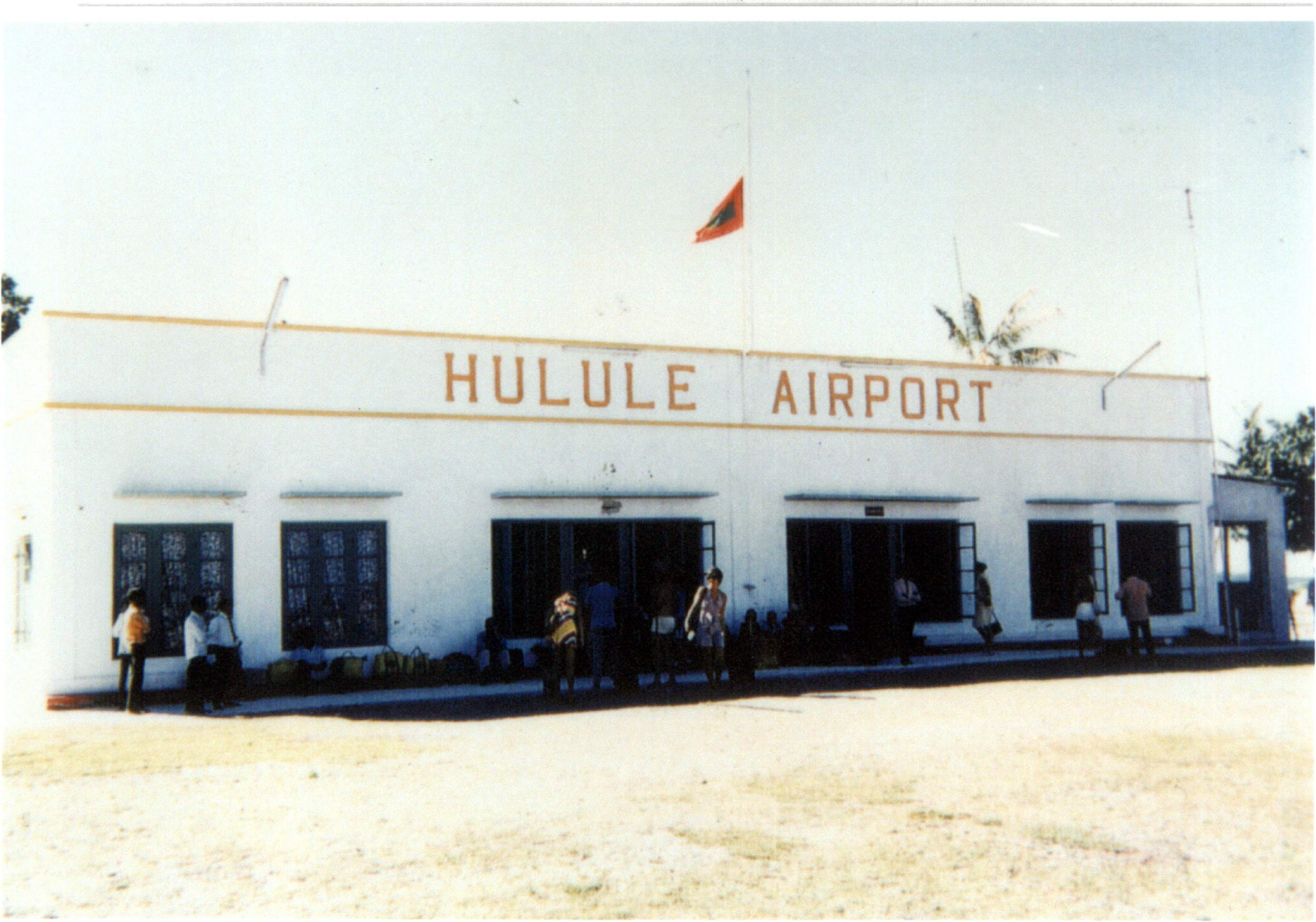
As there were no experienced hoteliers to run the resorts, everything was done by the owners themselves and willing but equally untrained locals with MU working as both chef and bartender for many years, fueled by an insatiable drive to give people the experience of a lifetime.
However, they also realized that some professional help was needed if they were going to compete with their neighbors. This decision resulted in the creation of a small hotel school in Villingili (albeit informal), in 1980 enlisting one of MU’s previous classmates to run it, and bringing across experts from Sri Lanka to teach the locals the arts and crafts of hospitality. Additionally, experienced Chefs from Germany were recruited for Kurumba and the industry began to gain its professionalism.
MU recalls supplies, equipment and communication were all a challenge during the early years. Everything had to be done via morse code or ham radio and local communication was via walkie talkie and a huge mast! Supplies had to be flown in or put on cargo boats which were often unreliable.
With no investors to support them, all the resorts were 100% Maldivian, built with hard work, grit and determination, all profit was re-invested and long hours were worked to keep the places running. Desalination plants proved to be a costly investment and the first one broke down within weeks of its arrival, so, as MU explains, “we opened it up, examined the contents and set about finding the necessary spare parts and programming information to get it working. We tested out all manner of parts and cobbled them together. It wasn’t pretty but it worked and continued working!”
The airport was not built to cater for large aircraft so the ever-increasing number of flights bringing in both tourists and supplies had to come via Sri Lanka. A new and improved airport was constructed and opened in 1981 with Condor being the first to land, flying direct from Frankfurt to the Maldives. Landing a DC-10 with 260 tourists on board, effectively making the Maldives a destination in its own right and opening up trade corridors to fresh ingredients that would elevate the F&B offerings to a high end product.

Promoting the destination was the next challenge so in 1983 the group journeyed to Germany to see what the ITB in Berlin could offer. Sri Lanka already had a stand. So the following year, in 1984 the Maldives had its own stand and the relationships with tour operators grew.
In the early years the Maldives was a cheap destination that attracted predominantly divers. Rates were $14 for a single room in Villingili, $23 for Kurumba. MU saw the folly of staying at the low end of the market and despite the tour operators saying it was foolhardy and no one would come, he decided to upgrade Kurumba. He hired a German architect, added a pool and more restaurants, and re-opened Kurumba in 1987, firmly establishing it as a star class property, a gamble that paid off. Other properties followed suit creating the basis for the luxury destination concept that the Maldives is now synonymous with.
Initially the only islands developed were those that could be reached by boat. However, once helicopter transfers were introduced, Ari Atoll became accessible and the advent of the seaplane in 1993 opened up other atolls to the tourist industry.
What started as a cheap destination for divers has evolved into a high end, honeymoon and family destination. The explosion of the guest house industry from 2010 onwards opened the destination still further. MU’s vision has always been “a bed suitable for all”, and as he says, “each island has its own character whether it be a local island or resort island and is therefore a destination in its own right” so there is literally something for everyone.
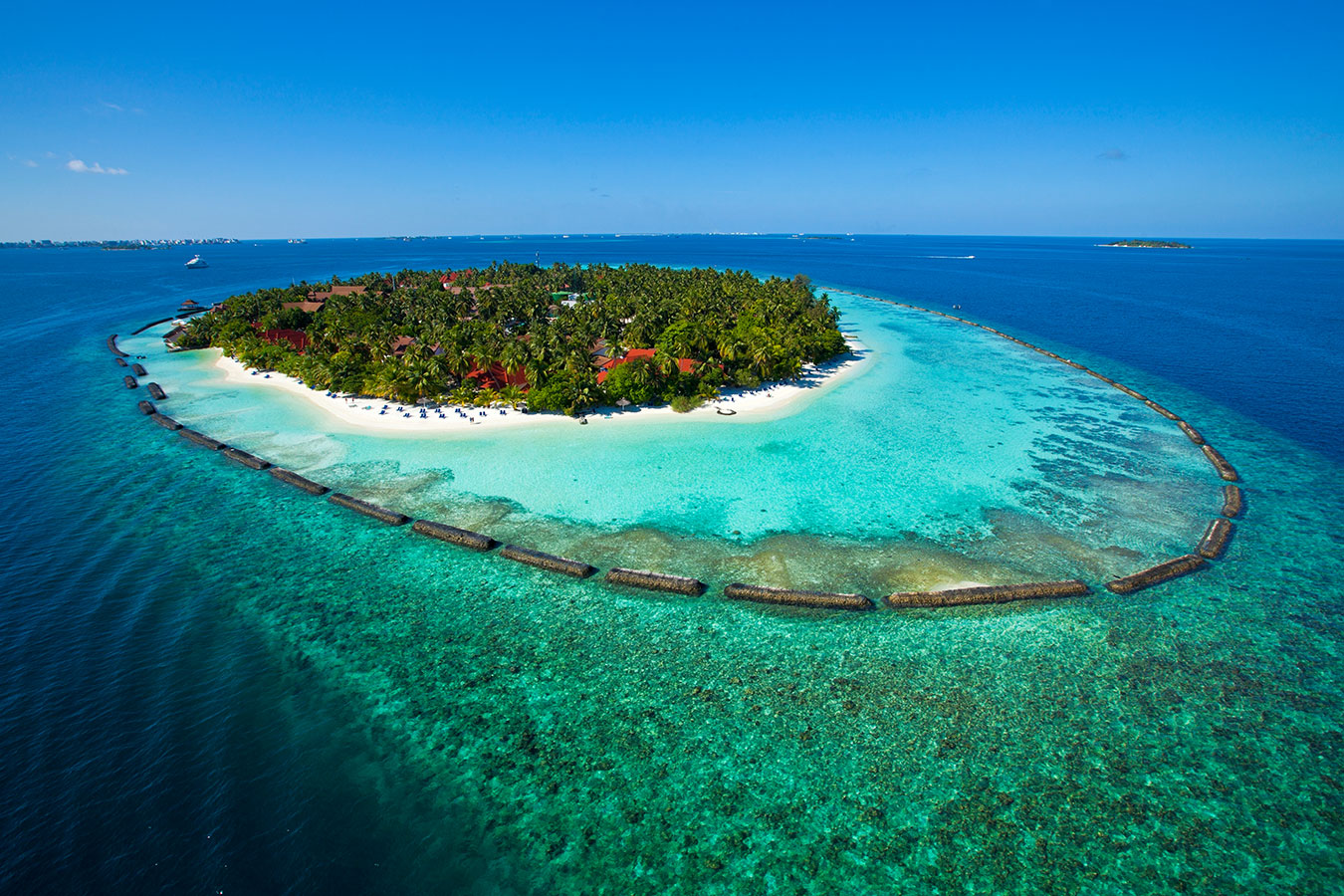
Bed capacity has doubled year on year and with over 80 resorts on the drawing board and several more ready for development, the Maldives still has a lot more to offer. However, as a country of about half a million in population, and a negative population growth there is a growing manpower vacuum, add to this the increasing mobility of the working population and the increasing opportunities to study abroad. And it becomes evident that being able to attract an expat workforce to bolster the manpower requirements is going to get even more important.
MU is keen to emphasize the importance of studying abroad and gaining exposure to other cultures as he credits his five years studying in Pakistan at an American style campus as some of the best years of his life due to the diversity and amount of people he met.
MU Maniku, Ahmed Naseem and Hussain Afeef pioneered an industry that defied the UN report and created an economic boost that would sustain the island nation through global disturbances and natural disasters, their logistical uniqueness providing both challenges and solutions.
Now in his 70’s, MU Maniku still has a finger firmly on the pulse of tourism. In addition to his role as Chairman of MATI, he is Chairman of both Universal Enterprises and Maldives Airports Company Limited (MACL), plus has recently developed two resorts in Raa Atoll.




